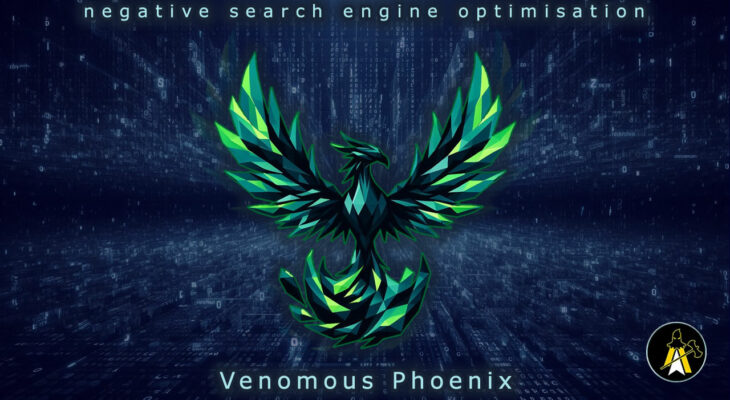Details
- Vector type:
- 301 Attack
- Risk level:
- Moderate to High
- Impact level:
- Moderate
Simply speaking, the Venomous Phoenix Attack involves resurrecting one or more dropped domains that appear to have been hit with a Google Manual Action or an Algorithmic Filter, and either republishing its old content, taken from Archive.org, or populating it with new, AI-generated trash. Once this is done, the venomous content is simply 301 redirected to the target site, to transfer the negative values (be they manual or algorithmic) to the victim site.
Defense
There’s no way to prevent this type of attack, but it’s possible to mitigate its effects if it’s caught early enough, by:
- Keeping an eye on inbound links (you’d typically see a sudden surge as links to the old domain get picked up.
- Tracking… Your server logs will provide the location of the 301 redirect, as well as the URL it was redirected to.
If the attack transfers a manual action to your website, a simple reconsideration request explaining the situation and stating categorically that the toxic domain is NOT UNDER YOUR CONTROL should get Google to lift the penalty.
If, on the other hand, the attack results in your site being algorithmically marked down, there’s little you can do about it, because Google has stated that the Link Disavow file only comes into play in cases of manual actions.

